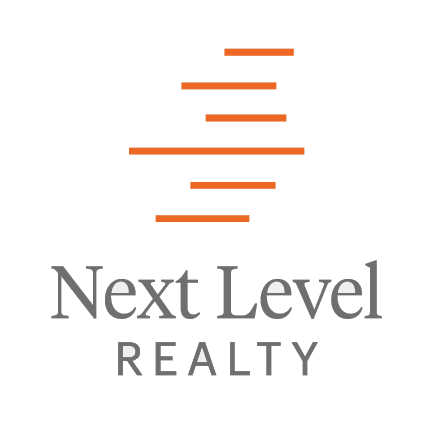It doesn’t take much to diminish a credit score. Something as small as a 30-day late payment can cause it to plummet.
If that payment goes another 30 days late, your credit score (which, for FICO, ranges between 300 to 850) will fall even more.
Soon, you may be considered a subprime borrower (those with credit scores below 670).
In December of last year, 71 percent of all home loans (for purchases, not refinances) went to borrowers with FICO scores over 700, according to Ellie Mae’s Origination Insight Report.
While this may sound devastating to someone with a low credit score, the reality is a bit better, at least right now.
In late 2018, banks reported eased lending standards for subprime borrowers.
Yes, it’s hard to get a mortgage with a credit score of less than 700, but it’s not impossible. Your best bet is to pursue an FHA loan.
While the agency will insure a loan to a borrower with even a 500-credit score, that borrower won’t be offered the attractive 3.5 percent down payment option but will have to pay at least 10 percent down.
FHA background
The Federal Housing Administration is an office of the Department of Housing and Urban Development (HUD).
According to the former’s website, the program “costs taxpayers nothing. The proceeds from the mortgage insurance paid by the homeowners are captured in an account that is used to operate the program entirely.”
Which is not entirely true. After the last recession, FHA requested and got a taxpayer-funded bailout of about $1.7 billion.
FHA doesn’t grant loans, it ensures their repayment and, as mentioned earlier, it will do so even for borrowers with FICO scores as low as 500.
But your credit score isn’t the whole ball of wax
FHA’s requirements don’t always match lenders’ requirements.
So, although FHA says “Hey, we’ll insure a loan for this guy or gal with a 580-credit score,” the lender may say “Well, that’s just swell, but we don’t make loans to people with scores that low.”
While you can go online and try to find lenders’ minimum score requirements, why bother? Speak with a mortgage broker and let him or her do the heavy lifting for you.
Here are the steps to take to find an FHA-approved lender.
- Go online and navigate to HUD’s website.
- Leave the “Lender Name” box blank but enter city, county, state and ZIP Code.
- Under “Insurance Type,” tick only the box for “Title II Mortgage Programs.”
- Tick only the box for “Single Family Originator Only” under the “Service-Originator Type” heading. Click on “Search.”
- Contact the lender of your choice from the list provided.
Another option for borrowers with low credit scores
Bank of America and Neighborhood Assistance Corporation of America offer mortgages to certain low- and medium-income borrowers with poor credit. Some borrowers even qualify for zero down-payment loans.
Known as “character-based” lending, the program takes a wholistic view of the borrower’s finances, making allowances for credit dings for things such as late-paid medical bills.
It’s not an easy process, but well worth it if you’ve been turned down elsewhere. Find out more about the program online at Naca.com.
As soon as you get that loan pre-approval letter, call us. We love house hunting!





